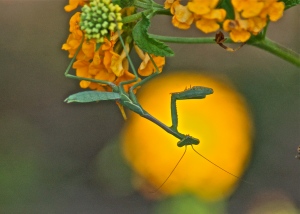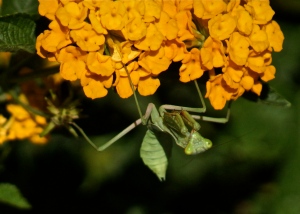Nisei, second generation Japanese Americans, really enjoy ballroom dancing. The first classes I taught in L.A. were Nisei groups. European ballroom dancing became popular in Japan as far back as the 1880’s. One old photo I saw depicted Japanese men in western suits and their partners in kimonos dancing the waltz. By the time Frankie Honda arrives in Japan in 1930 the tides are churning. In 1931 Japan invaded Manchuria. The Prime Minister of Japan was assassinated in an attempted coup d’état in 1932. The power of militarism was rising. Japan withdrew from the League of Nations in 1933.
I remember once listening to two of my Nisei dance students talking about World War II. One man was in the 442nd Regiment, a combat unit made up almost entirely of American soldiers of Japanese ancestry, and the other Japanese American fellow fought for Japan. I wondered: How could that be? I learned that Nisei (born in America) were automatically given dual citizenship by Japan unless a request was made to be removed from the family records. Many children who were sent to Japan by their parents got stuck there for the duration of the war. The young men who were of age got drafted into the Japanese Imperial Army.
A book called “Dear Miye” written by Mary Kimoto Tomita documents through letters what a young woman experienced when she went to Japan to study in 1939. Political tension between America and Japan having escalated, she received an urgent cable from her parents telling her to take the next boat home. December 1st, 1941, she boarded a ship, with some two hundred other Nisei girls like herself, returning to California. December 8th they were told the unthinkable. The SS Tatsuta Maru turned back to Japan, zigzagging so as to avoid submarines. She hadn’t a cent to her name and, she and her family had no communication for the duration of the war.
to be continued . . .







